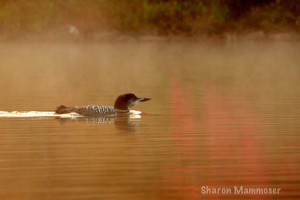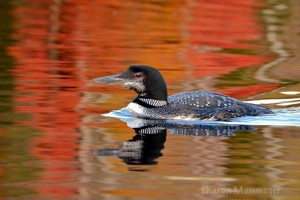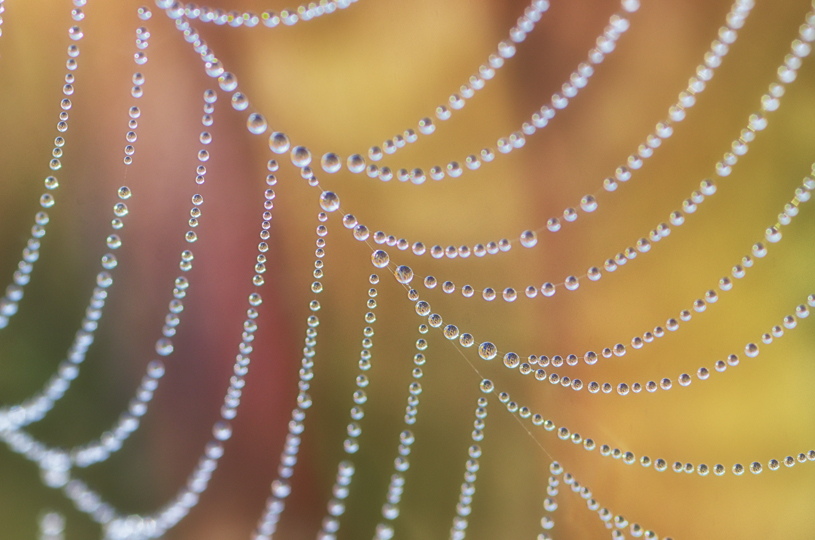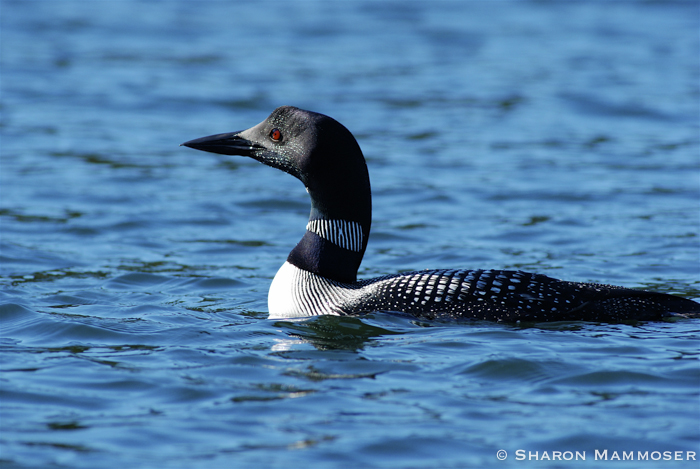I have to say that loons are one of my favorite birds. To me they symbolize wilderness and solitude, two things I really appreciate and love. I just spent two weeks in the Adirondacks of New York State and was lucky enough to hear the calls of loons several times.
Here are a few things that may surprise you about loons:
- Loons need lakes larger than nine to ten acres because it’s hard for them to take off from small bodies of water. They need 30 yards up to a quarter of a mile for takeoff, depending on the wind. If they land on a small pond or are fooled by a parking lot or wet highway, they can become stranded.
- Loons eat fish, and a lot of them, swallowing them whole–underwater– after they grab them. According to the Cornell Lab of Ornithology, ” Biologists estimate that loon parents and their 2 chicks can eat about a half-ton of fish over a 15-week period.” That’s a lot of fish!
- Have you ever handled a fish out of the water? Then you know how slippery they can be. Ever wondered how birds like loons keep a grip on them? The loon has sharp, rear-pointing projections on the roof of its mouth and tongue that helps handle slippery fish.
- Loons are well-adapted to the water. Besides having solid bones that that make them less buoyant and better at diving, they also slow down their heart rate during a dive, allowing them to conserve oxygen. In addition, they blow air out of their lungs and flatten their feathers so they can dive quickly and swim underwater.

- Loons migrate for the winter, traveling to coastal ocean waters. During winter their plumage is a drab, gray that is not nearly as striking as their distinctive white and black.
 Loons are good flyers, able to travel up to 70 miles per hour. Unlike larger birds like pelicans or vultures, loons must flap their small wings almost constantly, not able to soar or glide like many other birds.
Loons are good flyers, able to travel up to 70 miles per hour. Unlike larger birds like pelicans or vultures, loons must flap their small wings almost constantly, not able to soar or glide like many other birds.- Male and female loons look the same.
- Loons have red eyes to attract members of the opposite sex, in the same way a red-winged blackbird has a patch of red feathers on his wings to grab the attention of females.
- During winter the loon will molt all of its feathers at once, not able to fly at this time! This lasts for a few weeks and puts the birds at a tremendous disadvantage against predators.
- The legs of loons are so far back on their bodies that they are extremely awkward on land, not able to walk more than a few steps. They build their nests on land, especially islands where they can be just a few feet from water
 Did you learn anything new about loons? I hope so! They are such interesting birds and such great indicators of water quality.
Did you learn anything new about loons? I hope so! They are such interesting birds and such great indicators of water quality.



